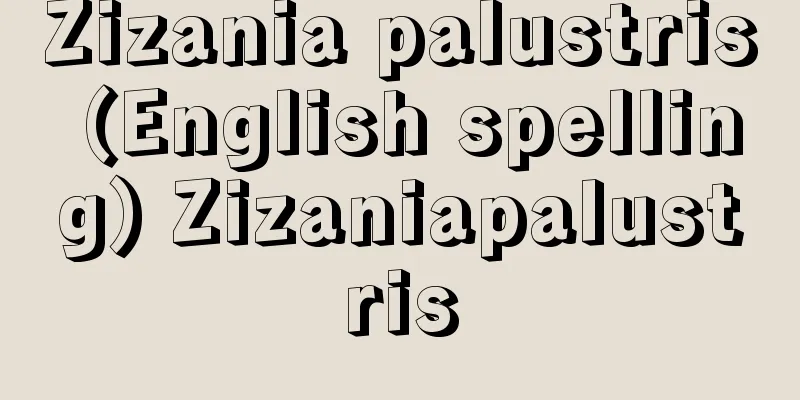Onbin

|
Sound changes such as "Kite" becoming "Kaite" , "Takaki" becoming "Takai" , "Hayaku" becoming "Hayau" , "Torite" becoming " Totte" , and "Tobite" becoming "Tonde" (losing of consonants and vowels, assimilation and change of consonants) are called "onbetsu". They often occur at the end of the upper word when two words are compounded, and are divided into the following four types. (1) I-sound change (ki, gi, shi etc. become i) kisai ← kisaki, koide ← kogite, maite ← mashite Examples of sound change were rare in the ancient period, and it became common in the Heian period, but the use of sound change forms was avoided in waka poetry until very recently. The cause of sound change has traditionally been said to be "for convenience of pronunciation," but this does not explain why "writer" and "rower" do not become "kaite" and "koide." Also, unlike 4-step verbs, jo-ni-dan verbs do not undergo sound change (for example, they are said as "oite" but not as "oite"), and this has not been resolved. There has long been a theory that the sound of Chinese characters may have influenced the emergence of sound change, but this is not conclusive. [Yasuda Naomichi] Source: Shogakukan Encyclopedia Nipponica About Encyclopedia Nipponica Information | Legend |
|
書キテがカイテ、高キがタカイ、早クがハヤウ、取リテがトッテ、飛ビテがトンデとなるような音変化(子音・母音の脱落、子音の同化・変化)を音便とよぶ。2語が複合した場合の上の語の末尾に生ずることが多く、次の4種に分けられる。 (1)イ音便(キ・ギ・シなどがイとなる) キサイ←后(キサキ)、コイデ←漕(コ)ギテ、マイテ←マシテ 上代には音便の例はまれで、一般化するのは平安時代だが、和歌においてはのちのちまで音便形の使用は避けられた。音便発生の原因については、従来、「発音の便宜から」とされてきたが、これでは、「書き手」「漕ぎ手」がカイテ、コイデとならないことの説明ができない。また、四段動詞と違って上二段動詞は音便をおこさない(たとえば、置(オ)イテとはいうが起(オ)イテとはいわない)のはなぜかといったことも解決がついていない。音便の発生には漢字音の影響があろうとする説も古くからあるが、確定的ではない。 [安田尚道] 出典 小学館 日本大百科全書(ニッポニカ)日本大百科全書(ニッポニカ)について 情報 | 凡例 |
Recommend
Shinko Festival - Shinkosai
It is a Shinto ritual, and means to worship the de...
Unglazed - Suyaki (English spelling) biscuit
This refers to the process of shaping the clay and...
Hans Ahlman
1889‐1974 Swedish geographer and glaciologist. Fol...
Ushur - Ushur
…an Arabic word meaning one-tenth. The plural is ...
Inca bone - Inca bone
When the part of the occipital bone that connects ...
The period when both metal and stone were used
This refers to a period when tools made of metal ...
Tariq bin Ziyad
?‐720 A Berber commander of the army that conquere...
Morning glory shaped cylindrical clay figure - Morning glory shaped clay figure
…A type of haniwa. A general term for cylindrical...
nest-building
…In this way, even if it is not related to reprod...
Edo period art
In art history, the Edo period generally refers to...
Iwami [town] - Iwami
A former town in Ochi County, central Shimane Pref...
Hitori Shizuka - Hitori Shizuka
A perennial herb of the family Xanthaceae (APG cl...
Gill, Sir David
Born: 12 June 1843, Aberdeen [Died] January 24, 19...
Mechanical watch - Kikaidokei (English spelling) mechanical watch
A clock is composed of a regulator, escapement, t...
Okura Zaibatsu
A zaibatsu (financial conglomerate) built in one ...









